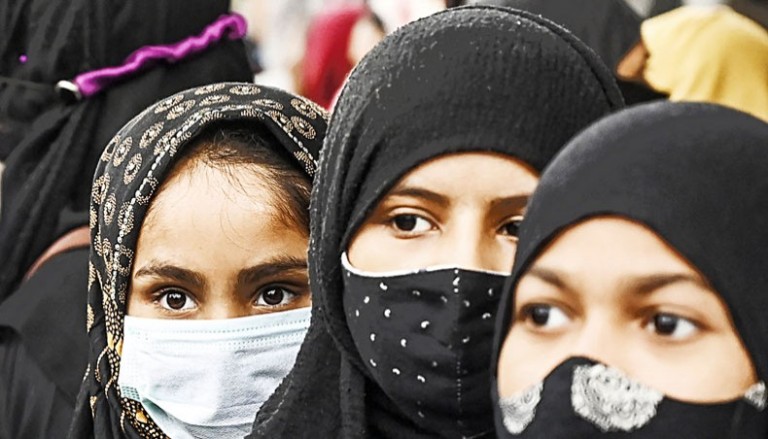
In modern society, especially in western world, minority Muslims prefer to wear headscarves, to embrace ethnic identity, to build cultural solidarity and as a symbol of religious devotion. COURTESY
Man is born free and is everywhere in chains’. Human beings are born free but are susceptible to enslavement. According to Rousseau, man is born free, but kept free only by compassion in a just society. Freedom of choice that does not harm others is a basic human right, which is often in danger by politics, culture and religion. Women are specifically vulnerable whose freedom of choice often comes under threat, in the name of religion or under the umbrella of equality and uniformity. The Qur’an says that there is no coercion in religion. Therefore, women cannot be forced to wear hijab. Similarly she cannot be forced not to wear when it is her choice.
The term hijab has got modern connotations, which is dense and diverse. Often it is only a head scarf, sometimes it incorporates a jilbab/burqa, occasionally it includes the covering of the face as well. Although there is no uniform style, the basic code of conduct reflects decency and modesty. The basic concept is to cover the head, neck and front with loose clothing. There had been no controversy whether hijab is a religious obligations or mere symbolic representation of Islam up until Moroccan feminist Fatema Mernissi argued that the veil is a symbol of unjust male authority over women. She painted her views in her book Women and Islam: An Historical and Theological Enquiry, in 1987. Her theory received huge Western attention, including a few Muslims. Conversely, for the majority hijab is an Islamic injunctions and compulsory for women to wear head covering.
A school of thought regards the covering of the face to be obligatory. Islamic injunctions are thus like buckets in a well between rejection and extremism. According to the Qur’an, the middle path is the best way to follow. Although Muslim women practise hijab in degrees, the headscarf is therefore a minimum obligation, not an option.
There is a misconception among many that the specific dress codes are only for females and men are exempted from its obligation. This is absolutely not the case. The Qur’anic advice is first and foremost for men to lower their gaze. According to the Egyptian scholar Dr Jamal Al Badawi, suggestion of loose clothing, decency and modesty is included as well. This implies that the concept of hijab is also applicable to men with different modes and styles.
In Bangladesh, wearing headscarves has increased at an ‘alarming rate’. Most of them I believe to be due to divine love, a few took it as fashion and others as part of their family tradition or are forced to wear. As a result of blooming garment industries since the 1970s through to 1980s, a large number of women are seen to be employed, who tend to cover their head with dupatta in amazingly similar fashion. In a study it was revealed that they feel safe and secured in the workplace and don hijab as they think it is protective against sexual harassment.
The women’s right to don hijab had been subjected to ethnic, political and cultural war for decades, since the beginning of the 20th century. In 1923, Kamal Atartuk banned hijab in Turkey under strictly secular principles. In 1999 an MP, Merve Kavakci, was criticised while she tried to take her oath wearing a headscarf. Recently headscarves are fairly accepted where a public cry for freedom of religious expression was growing louder. In 1936, Reja Shah Pehlavi banned veils in Iran, where women were beaten, jailed and tortured for wearing veil/headscarves. In 1979, wearing hijab had been mandatory, where in 2017 about fifty women protested publicly for not wearing them.
In modern society, especially in western world, minority Muslims prefer to wear headscarves, to embrace ethnic identity, to build cultural solidarity and as a symbol of religious devotion. They claim that the headscarves are their choice, and make them feel comfortable. Psychological aspects of hijab had been studied by a few researchers. In 2015, research at Stony Brook University of America, Nicholas R Eaton found that women wearing loose attire suffer less from anxiety and depression. Moreover, the practice of hijab has been associated with increased psychological wellbeing. Conversely, the visible identity of Muslim women may expose them to various modes of discrimination, harassment, and victimisation. These hate crimes are often politically driven, 2022 India is a vivid example.
In Europe, at least twelve countries have banned hijab in some forms. The total ban is in place in France, Belgium, the Netherlands, Austria and Switzerland. They think hijab encourages hate crimes and promotes cultural segregation, therefore ‘Muslims should be invisible’. Critics call it Islamophobia. In Britain former foreign minister Boris Johnson was grossly criticised in 2018, for saying Muslim women wearing burkas ‘look like letter boxes’ and comparing them to ‘bank robbers’. Britain harbour less than 5 per cent of Muslim population, yet hijab is portrayed in commercials, university websites and other areas which denotes the acceptance of diversity and a genuine endeavour to embrace solidarity. Nevertheless, hate crimes have not disappeared.
Cultural and religious diversity is prominent in big countries like India. Globalisation enhanced the diversity manifold in western world. Women’s Islamic dress code has been subjected to victimisation as a result of cultural, political and religious war. Hijab is not just a piece of cloth; it is a sign of oppression when it is enforced. Conversely, it is a sign of devotion when it is chosen.
Women should have been able to make their free choice to wear or not to wear hijab. Freedom of choice is the tool of women empowerment which is her basic human rights supported by Islam and the constitution. Women are born free, they have wings, as Rumi says, ‘You are not meant for crawling, so don’t. You have wings. Learn to use them and fly.’
* Dr Meera Momtaz Sabeka is a consultant neurologist, Kent, England






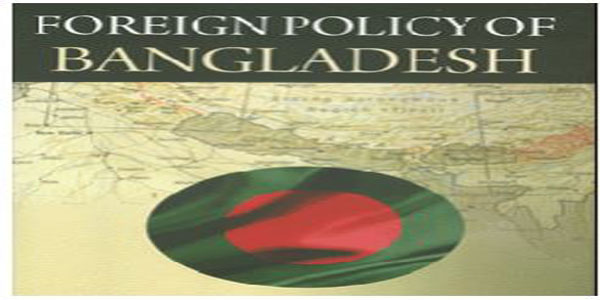

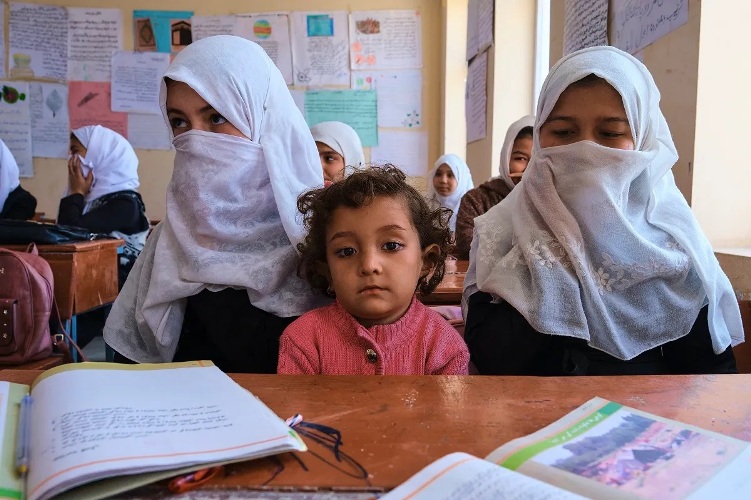
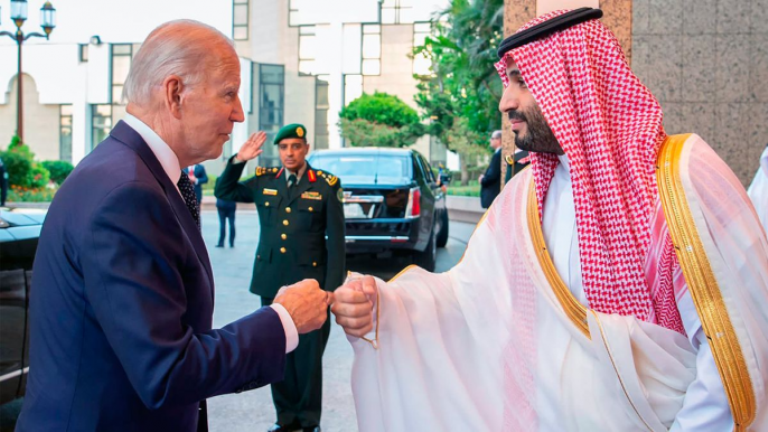

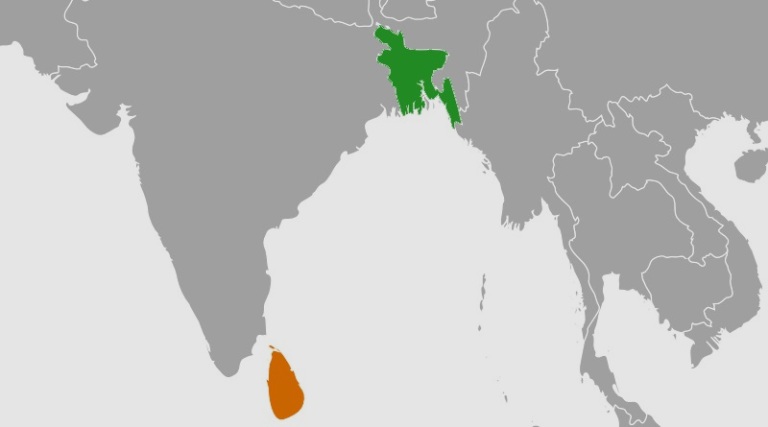
0 Comments